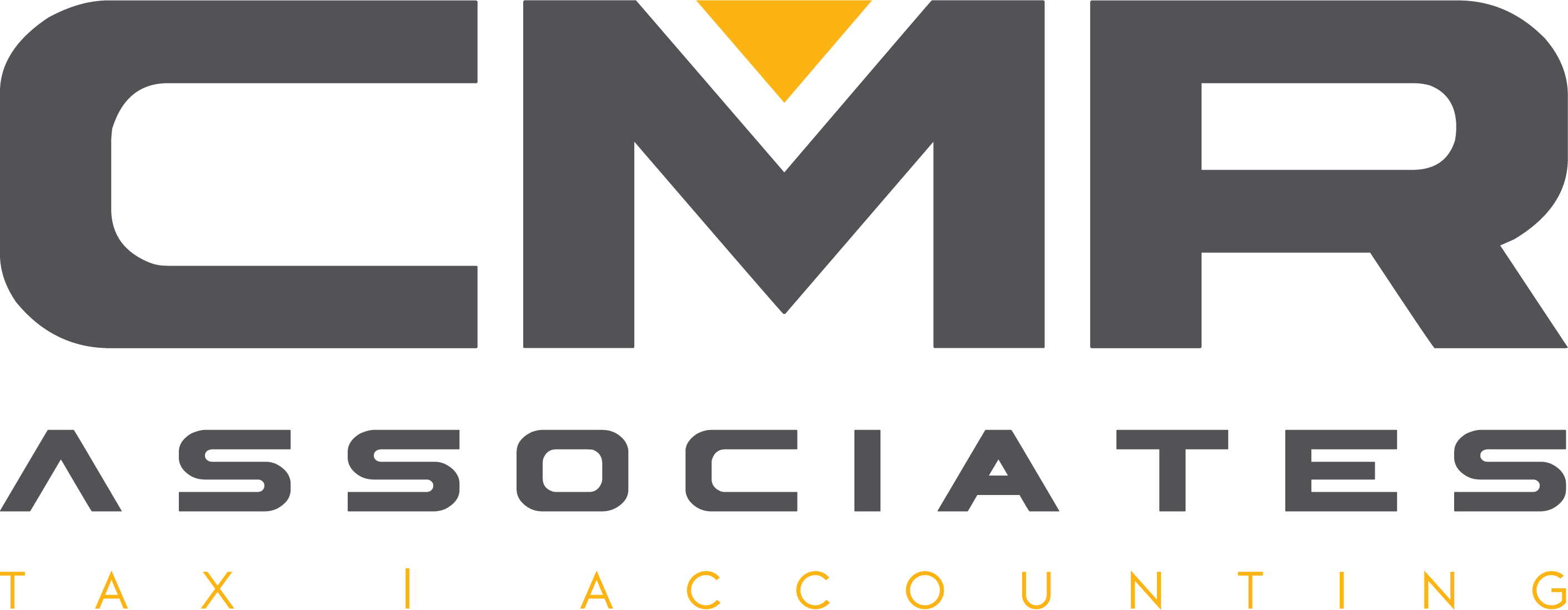
Small Businesses: It may not be not too late to cut your 2019 taxes
Don’t let the holiday rush keep you from taking some important steps to reduce your 2019 tax liability. You still have time to execute a few strategies, including:
1. Buying assets.Thinking about purchasing new or used heavy vehicles, heavy equipment, machinery or office equipment in the new year? Buy it and place it in service by December 31, and you can deduct 100% of the cost as bonus depreciation.
Although “qualified improvement property” (QIP) — generally, interior improvements to nonresidential real property — doesn’t qualify for bonus depreciation, it’s eligible for Sec. 179 immediate expensing. And QIP now includes roofs, HVAC, fire protection systems, alarm systems and security systems placed in service after the building was placed in service.
You can deduct as much as $1.02 million for QIP and other qualified assets placed in service before January 1, not to exceed your amount of taxable income from business activity. Once you place in service more than $2.55 million in qualifying property, the Sec. 179 deduction begins phasing out on a dollar-for-dollar basis. Additional limitations may apply.
2. Making the most of retirement plans. If you don’t already have a retirement plan, you still have time to establish a new plan, such as a SEP IRA, 401(k) or profit-sharing plans (the deadline for setting up a SIMPLE IRA to make contributions for 2019 tax purposes was October 1, unless your business started after that date). If your circumstances, such as your number of employees, have changed significantly, you also should consider starting a new plan before January 1.
Although retirement plans generally must be started before year-end, you usually can deduct any contributions you make for yourself and your employees until the due date of your tax return. You also might qualify for a tax credit to offset the costs of starting a plan.
3. Timing deductions and income. If your business operates on a cash basis, you can significantly affect your amount of taxable income by accelerating your deductions into 2019 and deferring income into 2020 (assuming you expect to be taxed at the same or a lower rate next year).
For example, you could put recurring expenses normally paid early in the year on your credit card before January 1 — that way, you can claim the deduction for 2019 even though you don’t pay the credit card bill until 2020. In certain circumstances, you also can prepay some expenses, such as rent or insurance and claim them in 2019.
As for income, wait until close to year-end to send out invoices to customers with reliable payment histories. Accrual-basis businesses can take a similar approach, holding off on the delivery of goods and services until next year.
Proceed with cautionBear in mind that some of these tactics could adversely impact other factors affecting your tax liability, such as the qualified business income deduction. Contact us to make the most of your tax planning opportunities.





